‘Turbo’ is synonymous with the 1980s. It was plastered over everything from hot hatches to shaving foam. Yet Saab, in its quiet, efficient Scandi manner, had already mastered this technology and began offering it on its road cars in 1978. That first 99 Turbo was a revelation, so when the 900 model was introduced in 1979 the Swedes were already ahead of the curve.
The 900 Turbo has gone on to become an emblematic model for Saab fans, and it’s easy to see why. Restrained good looks allied to strength and practicality, and all with the sort of pace to see off most contemporary rivals and deliver surprising fun on the road. For anyone looking for a modern classic capable of daily use and weekend smiles, one that’s a little leftfield, there are few that can touch the 900 Turbo.

It’s no surprise Saab was drawn to turbocharging thanks to its left-field approach to car design. The 99 was well established as a solid, safe and capable car when the Swedes added forced induction in 1978. While the technology was still in its infancy for road cars, Saab saw it as a way to literally boost the performance of its 99, giving the car 145bhp for 0-60mph in 9.0 seconds and 125mph. All of this was based on the Triumph-derived 2.0-litre four-cylinder motor that was canted over at 45-degrees. It was also unusual for a front-wheel drive car in being mounted longitudinally, with drive going forwards and sent to the underslung gearbox via chains, and why the engine had to be at an angle to avoid an overly tall bonnet line.
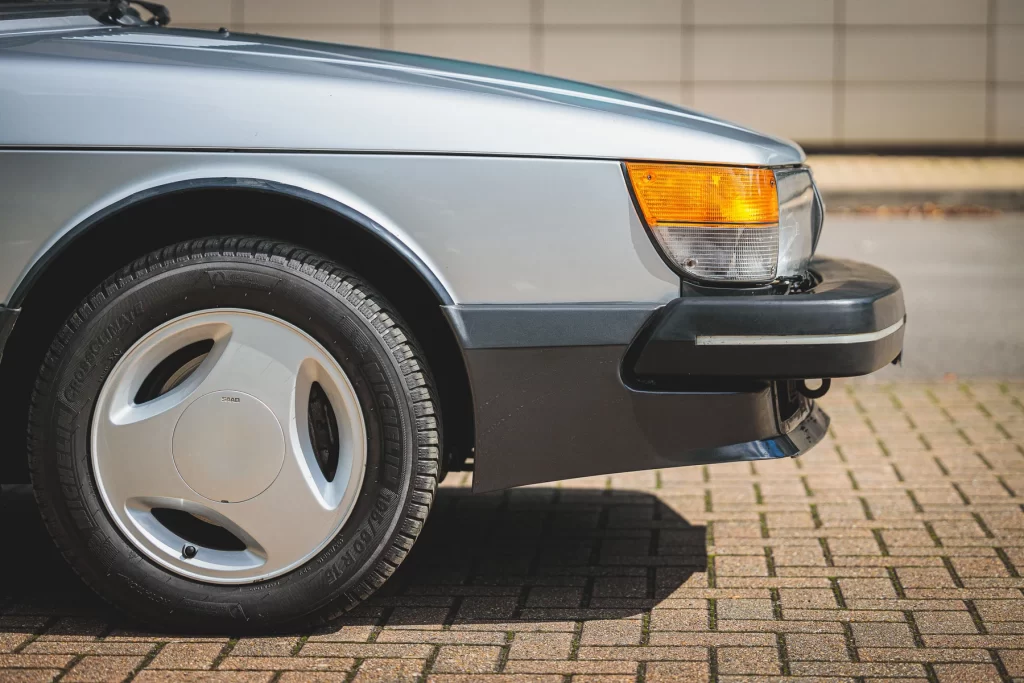
If the 99 Turbo was a toe in the turbo water, the 900 version was to be a key pillar of the new range. Saab launched the 900 in 1978 and the Turbo model arrived the following year, distinguished from the normal 900 range by turbine-style alloy wheels, discreet badges, and a different front grille. A process of improvement followed, with the Turbo gaining adjustable headrests for the front seats in 1980 and a five-speed gearbox, while an auto ’box was added as an option in 1981. For 1982, Automatic Performance Control arrived to allow the engine to run better on different grades of fuel. In 1984, Saab introduced the Turbo 16S model, with the 16 denoting the number of valves for the engine. This model also used an improved turbocharged to deliver 175bhp and offer 0-60mph in 7.5 seconds compared to 8.6 seconds for the less powerful earlier model.
1986 saw the arrival of the 900 Convertible and there was a Turbo version of the drop-top. A year later, Saab facelifted the whole 900 range with new headlights, grille, and bumpers. This carried the car through to the end of its life, though Saab still found time to create the limited edition Carlsson model with 185bhp that was good for 0-60mph in 6.9 seconds. In the UK, the final 150 Turbos were the Ruby edition with metallic ruby red paint, unique wheels and seats, and air conditioning as standard.
By then, Saab was owned by General Motors and the replacement 900 was based on the Vauxhall Cavalier platform, though the Swedes still exerted their own influence by ditching GM engines in favour of their own. When this new 900 arrived, Saab had built 202,284 first-generation Turbos, which included around 50,000 Convertibles.
What’s a 900 Turbo like to drive?
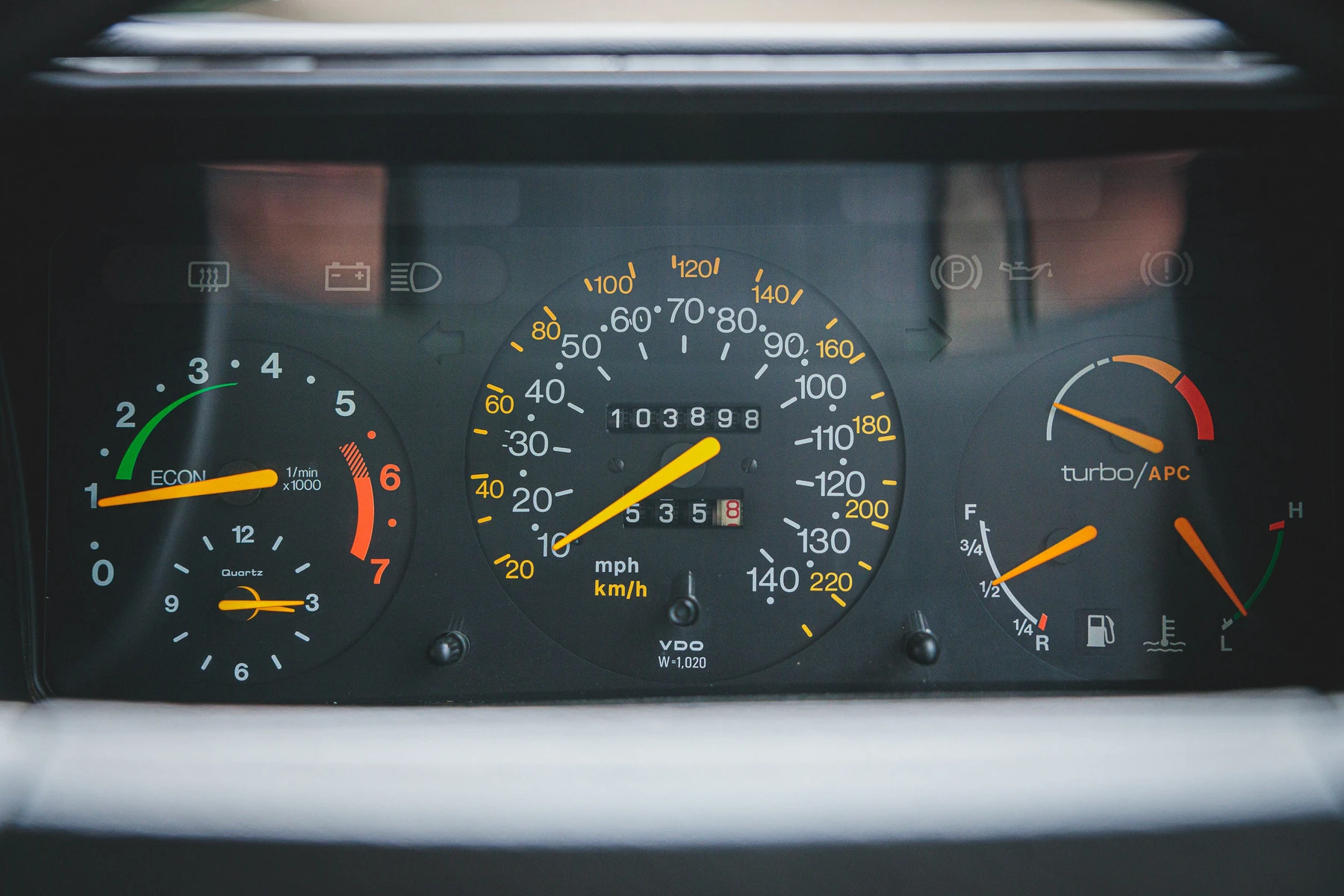
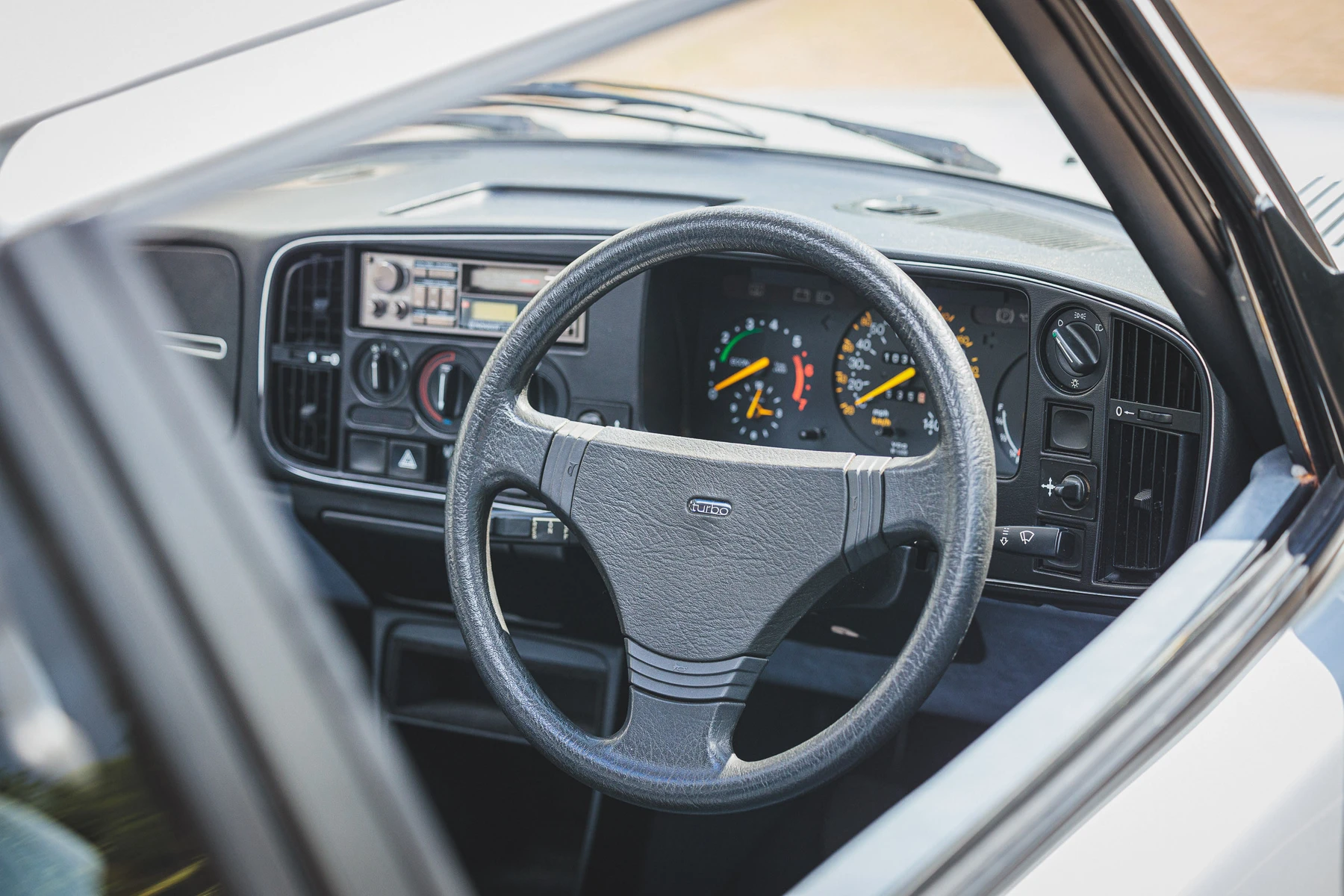
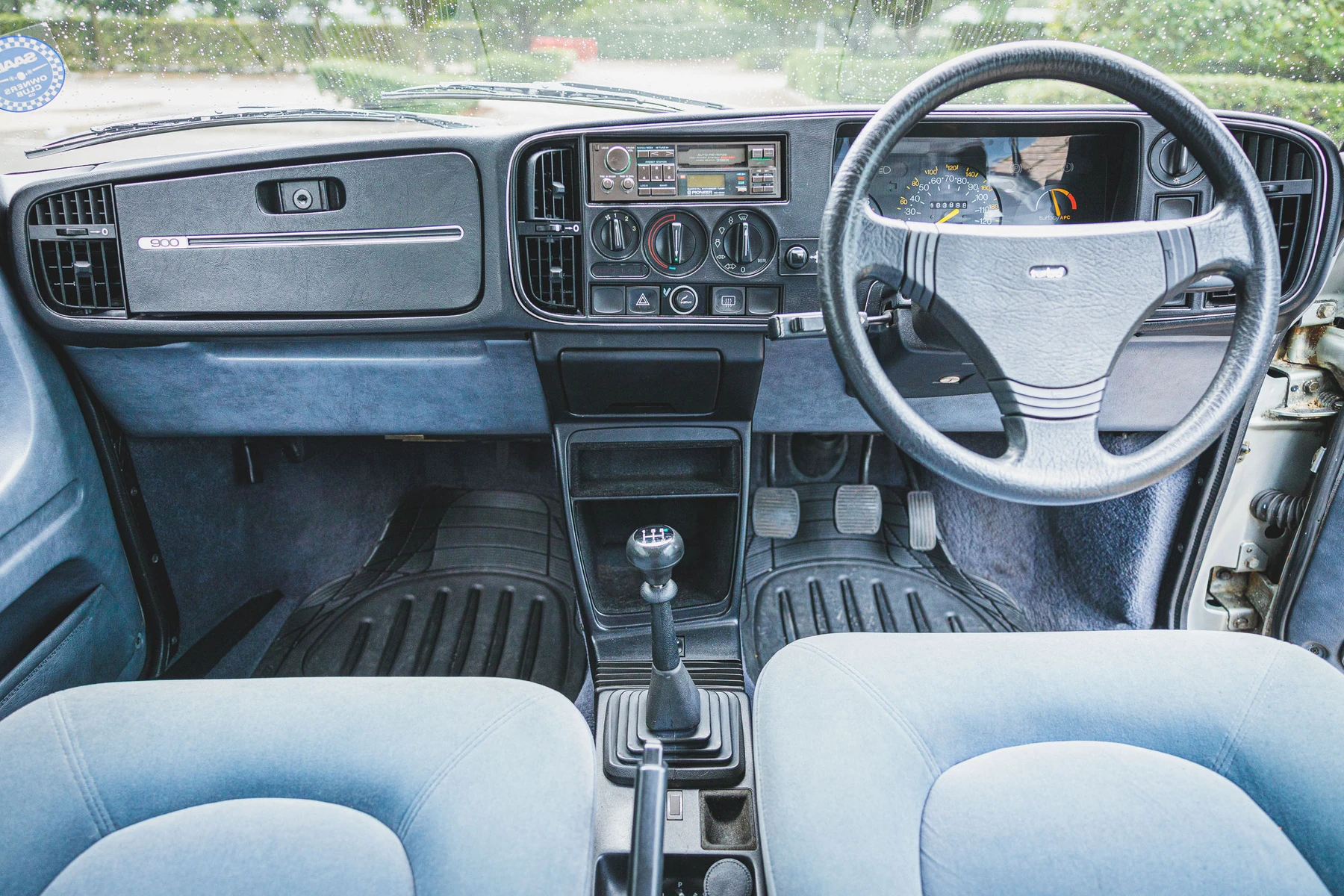
The driving experience of the Saab 900 Turbo is different from the moment you fire up the engine. This is because the ignition key slot is down between the seats and just behind the gear lever. When you park, you have to put the manual stick into reverse, which locks the wheels for safety and security. When you start the engine, there’s a surprisingly bass note for a four-cylinder engine and a very distinct Saab sound from the exhaust.
The aircraft cockpit style of the dash puts all of the dials in clear sight for the driver, with the stereo and ventilation controls mounted high and close to hand. The gear lever is equally well sited, though the shift has a slightly notchy action that encourages a deliberate, slightly slower action than, say, and E30 BMW 325i transmission of the same period. With power assistance for the rack and pinion steering, the 900 is easy to pilot at low speeds and feels wieldy in tight-knit streets.
With the engine up to temperature, the 900 Turbo doesn’t feel especially brisk at first. Up to 2000rpm, the engine seems no more powerful than a standard 900. However, when that turb gauge in the cluster starts to sweep right into the orange and red segments, life begins to fast forward. There’s a relentless feel to the 173lb ft of torque that peaks at just 3000rpm in the 145bhp car, or 201lb ft at 2800rpm in the 175bhp version. Change smoothly into the next gear and the 900 Turbo makes rapid, effortless progress. There’s also a good deal of flexibility in the intermediate gears, so fast cross-country drives are a pleasure in third and fourth gears.
Using the 900 Turbos performance is made easier by the equal length drive shafts that transmit the power from differential to wheels. This reduces torque steer to a mere whiff under hard acceleration, whereas a Ford Escort RS Turbo or Renault 21 Turbo would have the steering wheel wriggling in your hands. Even on uneven road surfaces, the Saab remains composed, and this is also true of its ride comfort. However, you need to take some care going into bends as there’s a lot of weight over the front wheels, so a slow-in, fast-out approach is rewarded with flowing, swift progress.
At higher speeds, the 900 Turbo is refined and happy to saunter along at motorway speeds. The seats are superbly comfortable, the driving position excellent, and there’s ample space for two adults in the rear. The vast boot of the 900 offers 610-litres of space – more than most estate cars – and the hatch model makes it supremely usable as an everyday car.
How much does a 900 Turbo cost?
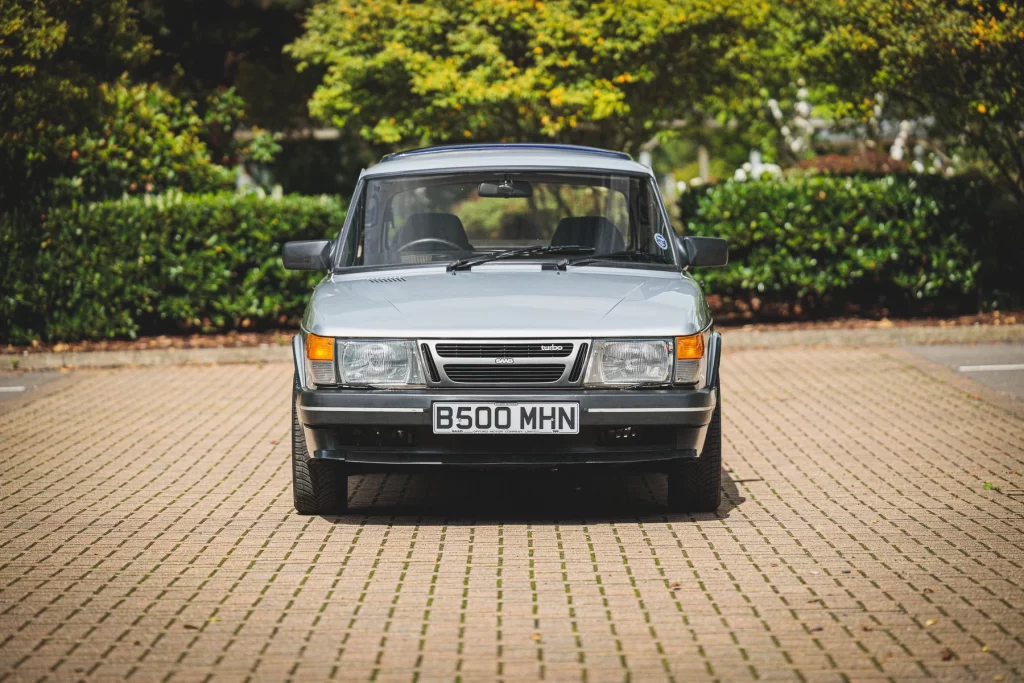
A quick glance at 99 Turbo prices in the Hagerty Price Guide – click here to browse values – shows this earlier model is on the rise and you’ll pay £8500 for one in good condition. Look for a better one and you’ll spend £14,000 for a very well presented 99 Turbo, while concours examples will fetch more than £20,000.
This makes an early 900 Turbo something of a bargain in comparison as a decent example will cost around £5000 or £9000 for a very clean, original car. If a T16S is what you’re after, reckon on paying £6000 for a usable car and between £10,000 and £12,000 for the best. Convertible versions generally cost about £2000 more than three-door hatches, while the relatively rare four-door saloon and five-door hatch models are worth no more than the two- and three-door cars.
If you are lucky enough to unearth a Carlsson version of the 900 Turbo or the last of the line Ruby special edition, a car in immaculate condition will cost about £20,000. Half that will get you a running example that needs some tidying to bring it up to par.
What goes wrong and what should you look for when buying a 900 Turbo?
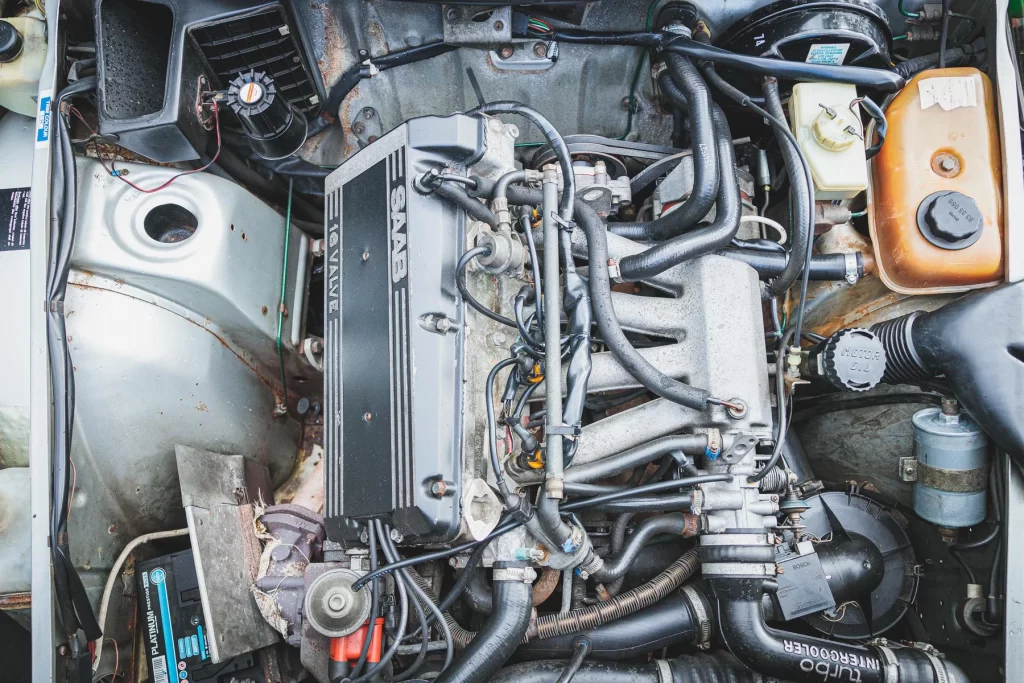
The Saab 900 Turbo was built to a very high standard, which has seen many survive in good shape. However, it’s essential to give the bodywork a good once over, starting with the panels covered by plastic cladding. Also have a look around the fuel filler, door bottoms, and check the drain channels are clear if the car has a sunroof. You also need to have a look at the battery tray, front bulkhead, and windscreen surround for rot, while underneath the fuel tank, rear crossmember, jacking points, and suspension mounts need inspection.
If the body checks out fine, the engine and transmission are the other major checklist items. When maintained with regular oil changes and a new timing chain every 125,000 miles, the motor can last for huge mileages. Look for signs of blue smoke on start up that point to a worn turbo and feel for the boost coming on strongly at 2000rpm. The Bosch APC (Automatic Performance Control) can fail and cause rough running, while blown head gaskets are not unknown in neglected engines. Exhaust manifolds are prone to cracking and a broken stud will be a pain to remove and replace.
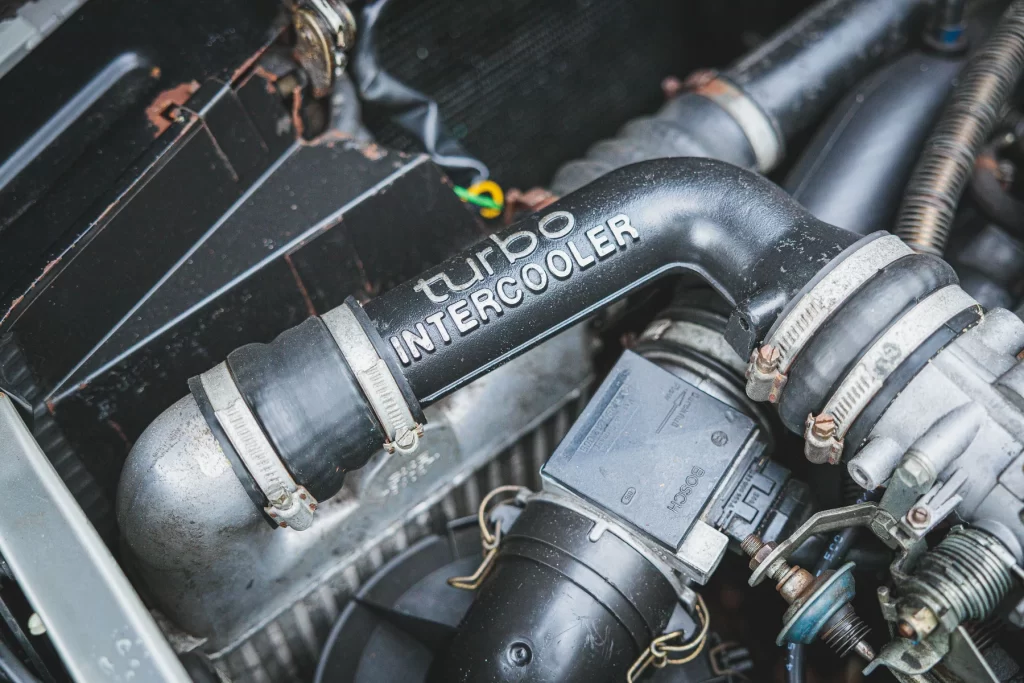
The manual gearbox was always a bit of a weak spot with the 900 Turbo if the driver was too eager with gear changes. Driven with some sympathy, the ’box will last years or even decades without problem, but treated poorly it can fail in short time. The change is a bit notchy at the best of times, but check it doesn’t jump out of gear under acceleration or make any rattling noises that point to pinion or layshaft bearings giving up. New gearboxes can be found but are very expensive and cost a lot to install. Also listen for any clicking that point to worn drive shafts.
Beyond these issues, the Saab 900 Turbo is remarkably fault-free other that wear and tear and, like any car of its age, rust. Some interior trim items are difficult to source, such as original seat foam, and the roof lining likes to come adrift, so make sure the cabin is in good nick. Convertible hoods are expensive to replace at £1200 but they are available.
Which is the right 900 Turbo for you?
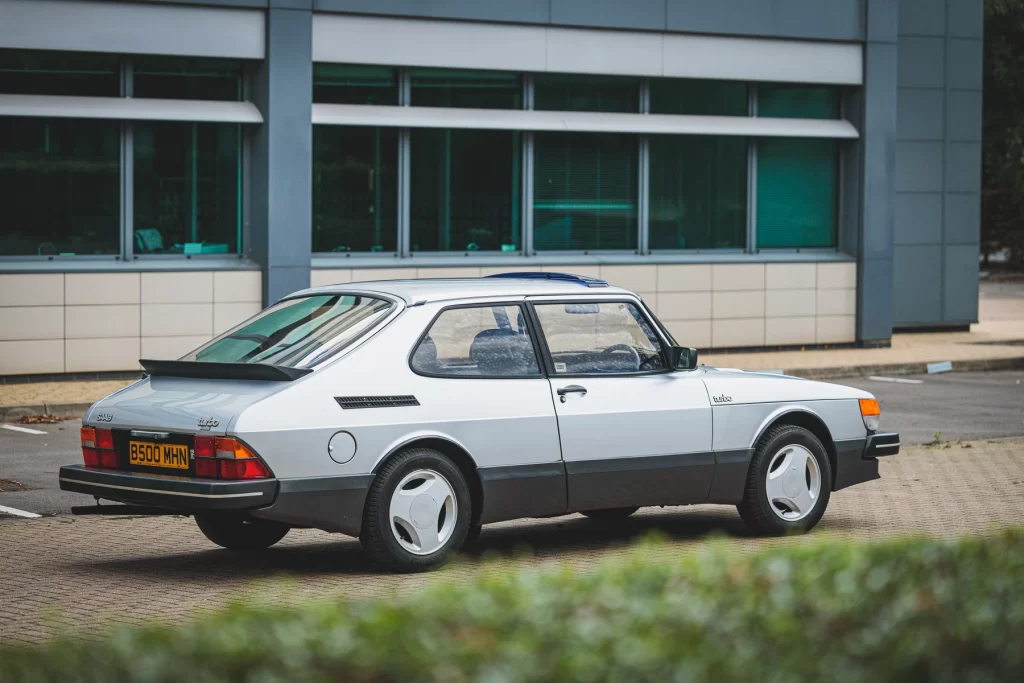
There are those who will prefer the look of the earlier 99 Turbo, but for most the added space and comfort of the 900 Turbo will be a welcome boon. Early cars have a four-speed manual gearbox which is generally reckoned to be more reliable but doesn’t offer the same flexibility in driving. The three-speed auto is smooth and easy to live with, but it dulls the performance of the Turbo.
This leaves the T16S model as the pick of the bunch thanks to its improved 175bhp power and better specification. A facelifted car from 1987-on has a sleeker look, while the Convertible is coveted thanks to its four-seat cabin and very well insulated roof. Two- and four-door saloons, and the five-door hatch, are not as sought after so can be more affordable, but it’s the three-door hatch that is the definitive 900 Turbo shape.
Read more
The Saab 900 Turbo was the Tesla of its day | Revelations with Jason Cammisa
Cars That Time Forgot: Saab Sonett III
Buying Guide: Rover SD1 (1976–1986)

















I remember John Mandeville buying one in 1989, his son Mark loved it.